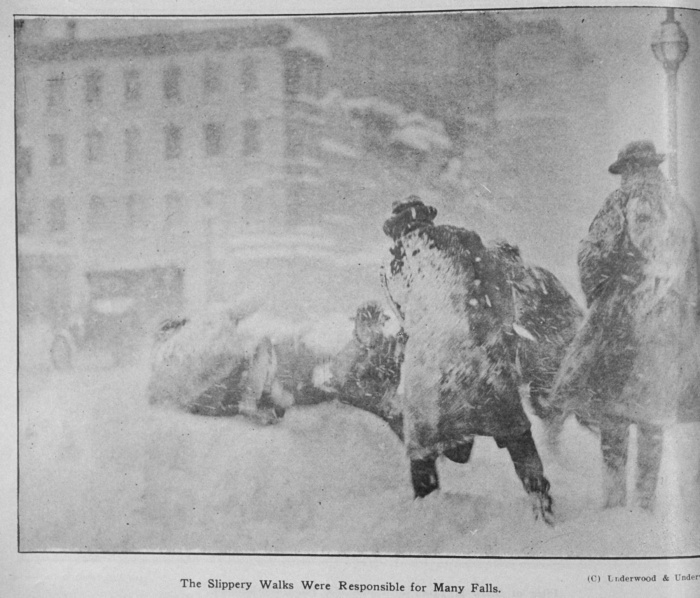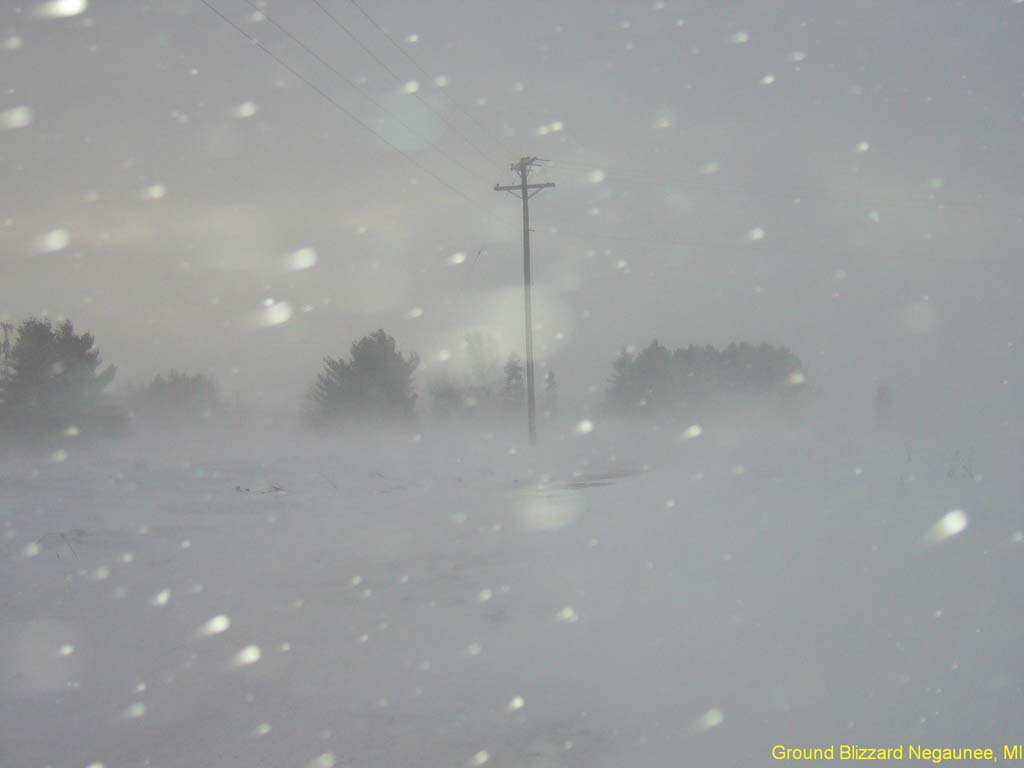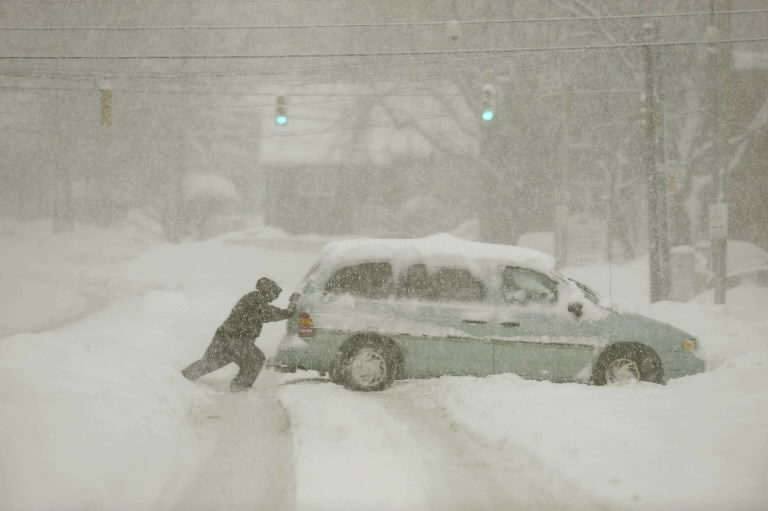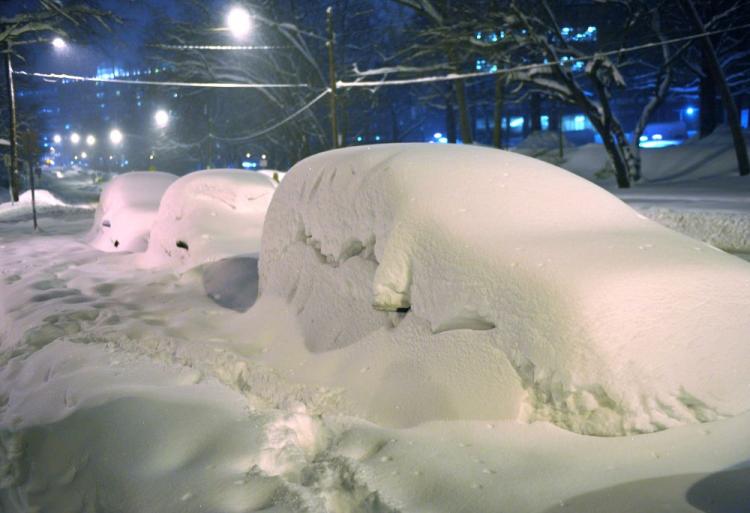| Rank |
Date |
Inches |
| 1 |
Dec.9-feb.6 2010 |
62.3 inches |
| 2 |
Feb. 15-18, 2003 |
28.2 inches |
| 3 |
Jan. 27-29, 1922 |
26.5 inches |
| 4 |
Feb. 5-6, 2010 |
24.8 inches |
| 5 |
Feb. 11, 1983 |
22.8 inches |
| 6 |
Jan. 7-8, 1996 |
22.5 inches |
Worst Blizzards
A blizzard is a heavy snowstorm with very cold temperatures,
sustained winds of at least 35mph, and visibility of less than 0.25
miles. When a mass of polar air and warm air meet, the polar air
pushes the warm air up and settles in the atmosphere
where the water vapor forms snow clouds. Then winds and low
temperatures combine with the snow to create a blizzard. During blizzards it can
be difficult to see or breathe.Blizzards have struck without warning throughout the history
of the United States, killing hundreds, stranding thousands,
and demonstrating nature's awesome power. Blizzards can kill people, cause traffic accidents,
and bring cities to a halt.


The Blizzard of 1888 has been
called "The Great White Hurricane", and for good reason; starting on
March 12th and ending on the 14th, this colossal blizzard left snow
drifts in some places that were fifty feet high. Elkton, Maryland
received as much as 30 inches and experienced thunder snow during
the night with snow accumulations of about 3 to 5 inches per hour. In January of 1922, a blizzard
covered Washington D. C. with over two feet of snow. The storm came
to be called the Knickerbocker Storm because the weight of all this
snow caved in the roof of the Knickerbocker Theatre, killing almost
one hundred people in one of our capitol's worst disasters.





